Tama’s Festival (Associated spots)
Introduction to associated facilities
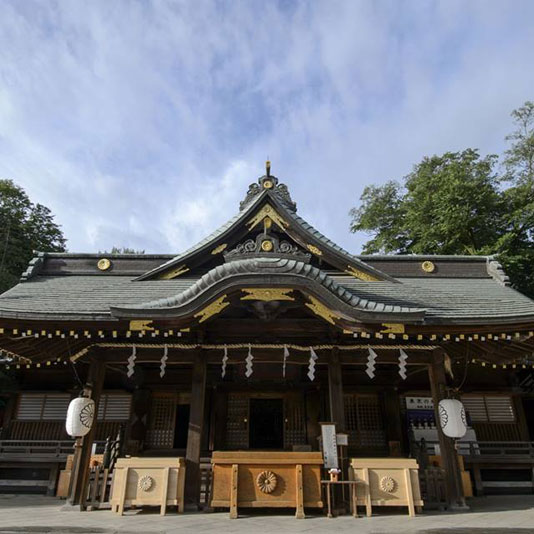
Ookunitama Shinto Shrine
- Fuchu
- Festival
- Keio
Founded in the 41st year of Emperor Keiko-Tenno (approximately AD 111), Ookunitama Shinto Shrine with it’s nearly 1900 years’ worth history enshrines Ookunitama-no-Oogami, the guardian deity of Musashino-no-kuni. This is the same god as Izumo’s Ookuninushi-no-kami. Long ago in the open Musashino-no-kuni, it is told that Ookunitama-no-Oogami taught the people how to provide for themselves, how to heal themselves, and incantations. Fuku-no-kami is also famous for being the god of marriage.
3-1, Miyamachi, Fuchu-shi, Tokyo
TEL. 042-362-2130
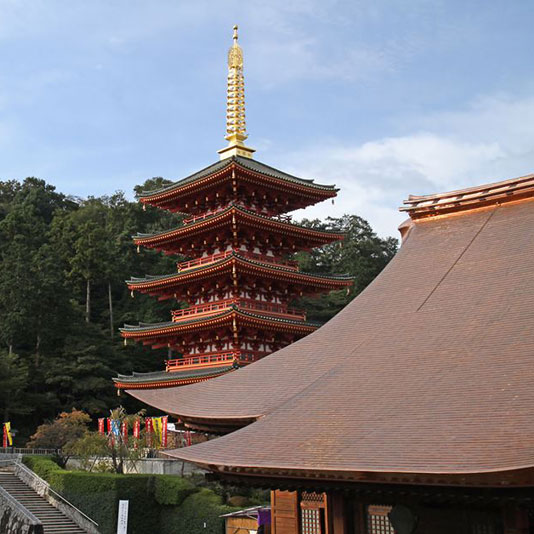
Takahata-Fudoson Kongoji Temple
- Hino
- Culture
- Keio
- Tama Intercity Monorail
Takahata-Fudoson Kongoji Temple, from which “Takahata-Fudo” is a familiar name, is one of the Kanto region’s Big Three Fudoson along with the likes of Naritasan Shinshoji Temple. The temple’s grounds are over 1,000 square meters and combined with the connecting mountain forest, the area boasts nearly 9,000 square meters. You can appreciate the temple’s numerous treasures along with the lush colors of the seasons; seasonal colors such as hydrangeas and autumn leaves.
733, Takahata, Hino-shi, Tokyo
TEL. 042-591-0032
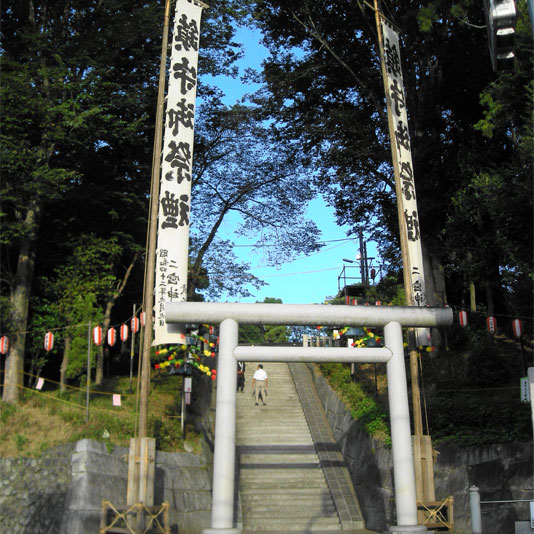
Ninomiya shrine
- Akiruno
- Culture
- JR
Located in Ninomiya, Akiruno City, Musashi-sosha-rokushogu (Fuchu-shi Ookunitama Shinto Shrine) became Ninomiya Shrine around the 11th century. In older times, the shrine was called Ogawa Daimyojin, but it gradually became known as Ninomiya Daimyojin. During the Taira-no-Masakado Rebellion, after Fujiwara-no-Hidesato prayed for victory at the shrine, the shrine received both prayers and protection from Hojo-Ujiteru, Minanoto-no-Yoritomo, and other warlords. Of special note, the shrine received a red seal and 15-koku for generations from Tokugawa Ieyasu. In the 3rd year of the Meiji Era (1870), the shrine was renamed “Ninomiya Shrine.” O-ike (Wakimizu), the spring which runs under the stone staircase leading to the shrine, is counted as one of “Tokyo’s Selection of 57 Famous Springs” and has never run dry.
2252, Ninomiya, Akiruno-shi, Tokyo (Ninomiya shrine office)
TEL. 042-558-5636
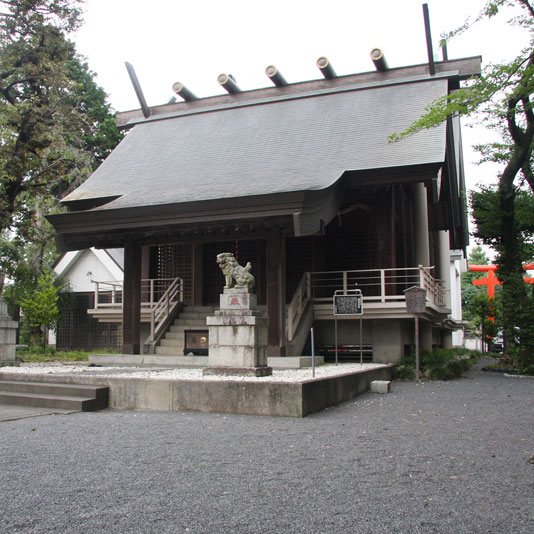
Inari shrine
- Hamura
- Culture
- JR
Near Hamura-Entei Dam, the shrine is established with a stone torii and a main hall. Though the exact period when the shrine was founded is unknown, its local deity, Higashigaito, was enshrined around the southwest of Zenrinji Temple but it is said to have been relocated to the Hamura area in the 39th year of the Meiji Era (in 1906 year).
2-14, Hanehigashi, Hamura-shi, Tokyo
TEL. 042-555-1111 (Industrial Promotion Division)
Introduction to tourist spots

Tokyo Racecourse
- Fuchu
- Activity
- Keio
As a horse racecourse that families can enjoy, the appealing charm of the premises can be fully enjoyed on non-race days. Within the premises, there is a wide lawn, athletics field, as well as a museum. On race days, various shops and restaurants are open and you can experience riding on a horse.
1-1, Hiyoshicho, Fuchu-shi, Tokyo
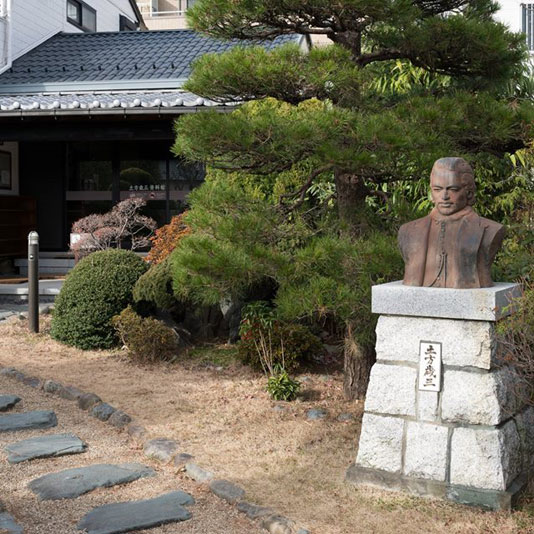
Hijikata Toshizo Museum
- Hino
- Culture
- Tama Intercity Monorail
Within the home of Hijikata Toshizo, a vice commander of the Shinsengumi, one of the rooms is being made open to the public as part of a museum. You can enjoy exhibit items such as Toshizo’s favorite sword and armor, pictures, and letters with comments and explanations from his descendants. Unique Hijikata Toshizo items and souvenirs can also be purchased.
2-1-3, Ishida, Hino-shi, Tokyo

Akigawa Valley
- Akiruno
- Activity
- Itsukaichi Line
Among the other tributaries of the Tamagawa River, the Akikawa River is the largest. From Akiruno City to Hinohara-mura Village, this approximately 20 km range is called the Akikawa Valley. Unlike Tokyo, people can enjoy the soothing water and greenery. From June, the people can also enjoy Ayu fishing and BBQ, and in the fall enjoy the autumn leaves.
TEL. 042-558-1111 (Sightseeing City Development Promotion Division)
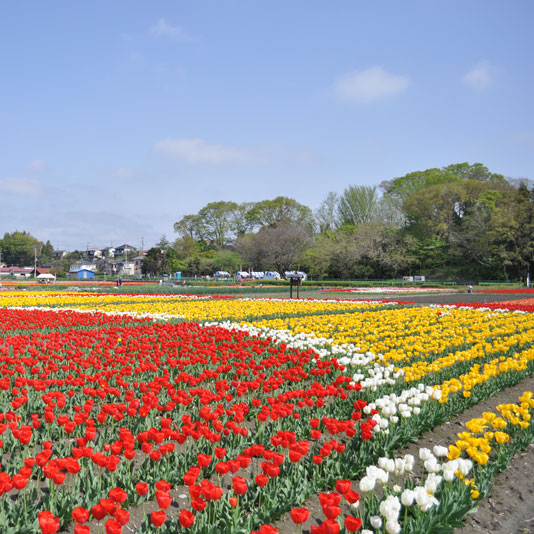
Negaramimae-Paddy field
- Hamura
- Seasons
- JR
From mid to late April, the variously colored tulips are in full bloom in the rice fields – only a five minute walk upstream along the Tamagawa River from Hamura-no-Seki. From the end of July to the beginning of August, you can view and enjoy the beautiful, lovely flowers of the Ooga-hasu Lotsu when they are at their best.
4-17-6, Hanenaka, Hamura-shi, Tokyo
TEL. 042-555-1111 (Industrial Promotion Division)
Tradition / Culture

The shrine with a 1900 year history that houses the gods of Musashi-no-Kuni
- Fuchu
- Festival
Musashi-no-Kuni, one of the former regional provinces of Japan, was once spread out over parts of Tokyo, Saitama pref., and Kanagawa pref. The Ookunitama Shinto Shrine houses Ookunitama-no-Ookami who opened Musashi-no-Kuni. It is a shrine which with nearly 1900 years’ worth of history.
Because similar shrines are housed in Musashi-no-Kuni (from Ichi-no-miya to Roku-no-miya) such as Akiruno City’s Ninomiya Shrine and Chichibu Shrine, Ookunitama Shinto Shrine is also called “Rokushogu.” Furthermore, as Musashi-no-Kuni Sousha, the shrine is home to the many shrine gods of Musashi-no-Kuni. In addition, Ootori Shrine, made famous by Toshogu and Tori-no-Ichi, is also housed within the inner shrine.
One of Ookunitama Shinto Shrine’s regularly held festivals called the Kurayami-matsuri festival. This festival originates from a nighttime procession of a Mikoshi carrying a deceased person’s spirit to avoid looking straight at the appearance of the gods. At the current festival, on 5th May at 6 p.m. the Mikoshi procession begins. It is said that on this day that Ookunitama-no-Ookami appears. Lead by six large, purifying Taiko drums along with the shrine’s numerous treasures (used to show the solemnity of the festival), eight Mikoshi are carried vigorously through the city.
Introducing long established stores/Tama’s Gourmet
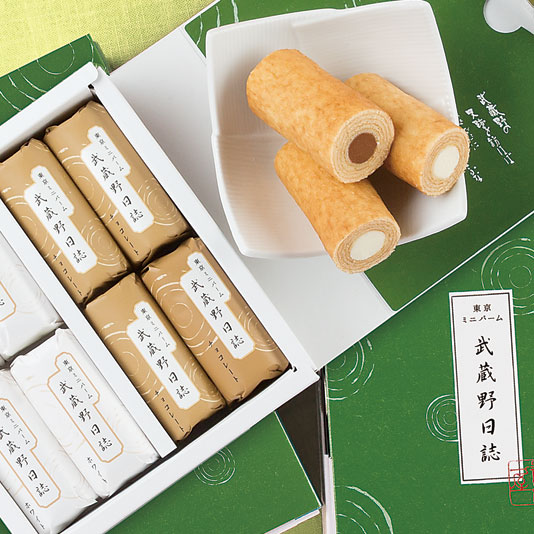
Aokiya
- Fuchu
- Food
- Keio
As a Japanese style sweets shop established in 1893 originating from Fuchu, we currently have 12 stores running in the Tama area. You can savor our Dora-yaki “Hibi-kore-Kurodora,” made every morning using Okinawan black sugar. And, you can also savor our flagship sweet which fills our store, “Musashino-Nisshi” — moist Baumkuchen dough with melt-in-your-mouth chocolate cream.
Fuchu zelkova row of trees street shop /1-41-1, Miyamachi, Fuchu-shi, Tokyo (Fuchu Foris 1F)
TEL. 042-362-3006
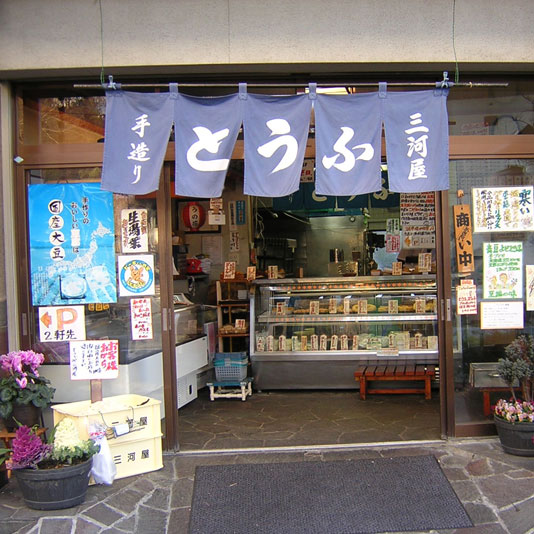
Tofu Shop Mikawaya
- Hino
- Food
- Keio
- Tama Intercity Monorail
A tofu specialty shop established within Hino City. In all our tofu products, we have the distinction of only using domestic soybeans from places such as Saga Prefecture, Hokkaido, and Shiga Prefecture. Also, along with the season, aside from our diverse tofu sales such as “Yaki-tofu” and “Edamame-tofu”, we have soy milk soft-serve ice cream (only at the Manganji shop) and donuts.
That are perfectly suited for eating while walking.
Main shop at Takahata / 4-5-20, Misawa, Hino-shi, Tokyo
TEL. 042-591-4694
Manganji shop / 33-1, Hino, Hino-shi, Tokyo
TEL. 042-843-1112
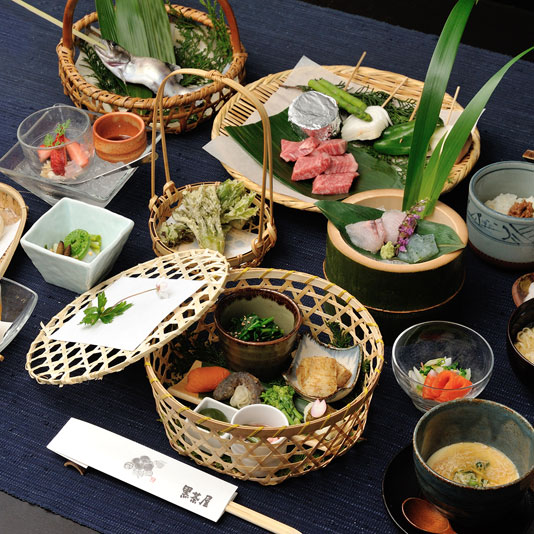
Kurochaya
- Akiruno
- Food
- JR
While listening to the clear stream of the Akikawa, you can enjoy Sumibi-yaki, Hoba-yaki, and Yamazato cooking using seasonal ingredients and freshwater fish in our old Japanese-style folk house built nearly 250 years ago. Around the store’s lush green grounds, there is a collection of shops for souvenirs and Oyaki restaurant “Take-an”. You can enjoy the premises while roaming around.
167, Konakano, Akiruno-shi, Tokyo
TEL. 042-596-0129

Nobiri-Cafe Nakagurumasuishagoya
- Hamura
- Food
- JR
A café in an old, folk style house with a water mill by Negarami-mae-Suiden. In the first floor dining space, you can enjoy your choice of drinks, sweets, and lunch like our specially made curry while listening to the sound of the stream flowing behind the café. Also, our second floor acts as a rental space where mothers meetings, study sessions, exhibitions and similar events are held from time to time.
4-17-6, Hanenaka, Hamura-shi, Tokyo
TEL. 042-555-9514 / 080-3573-9514

